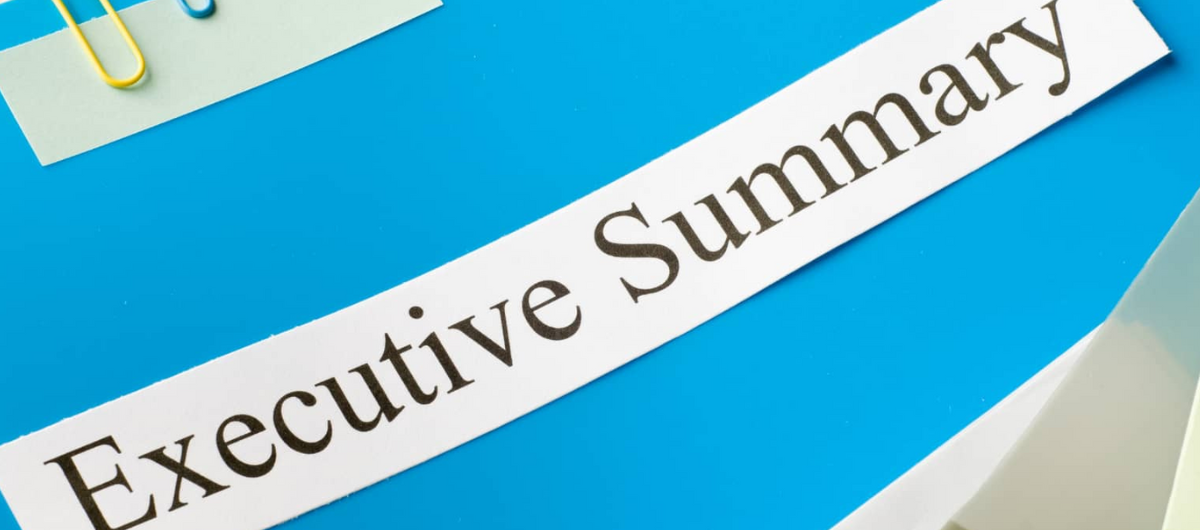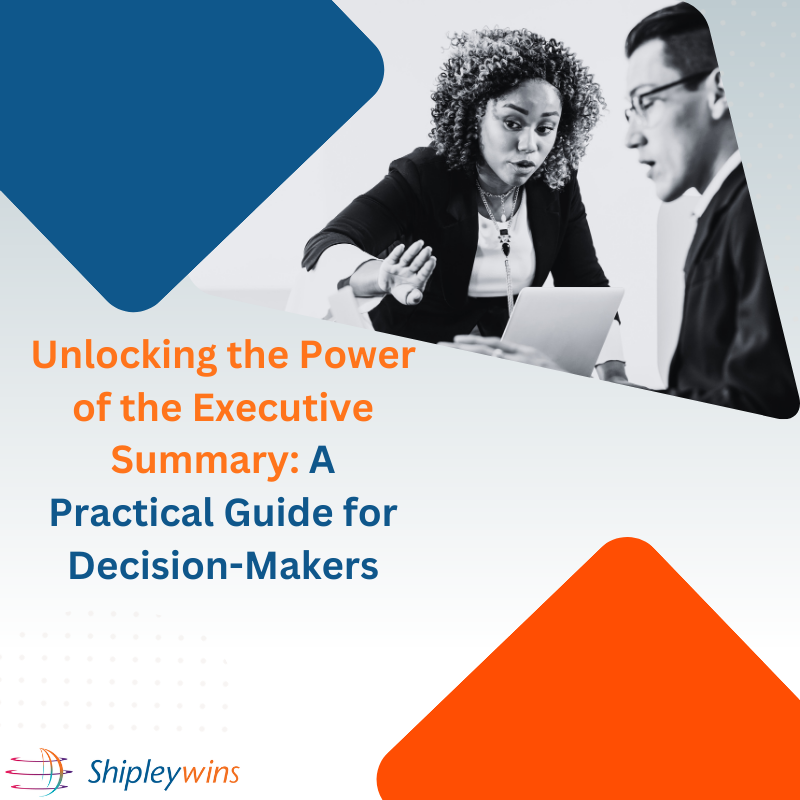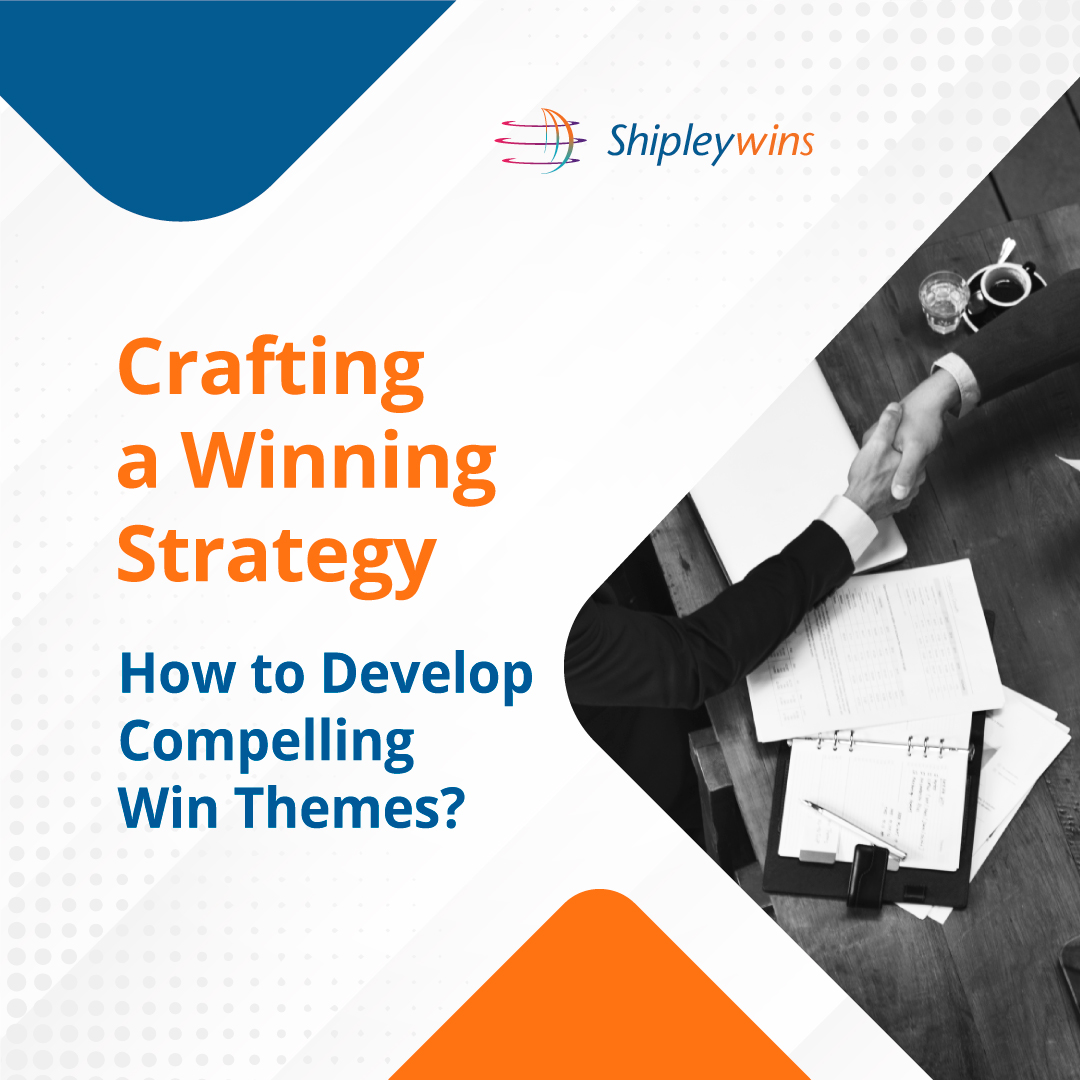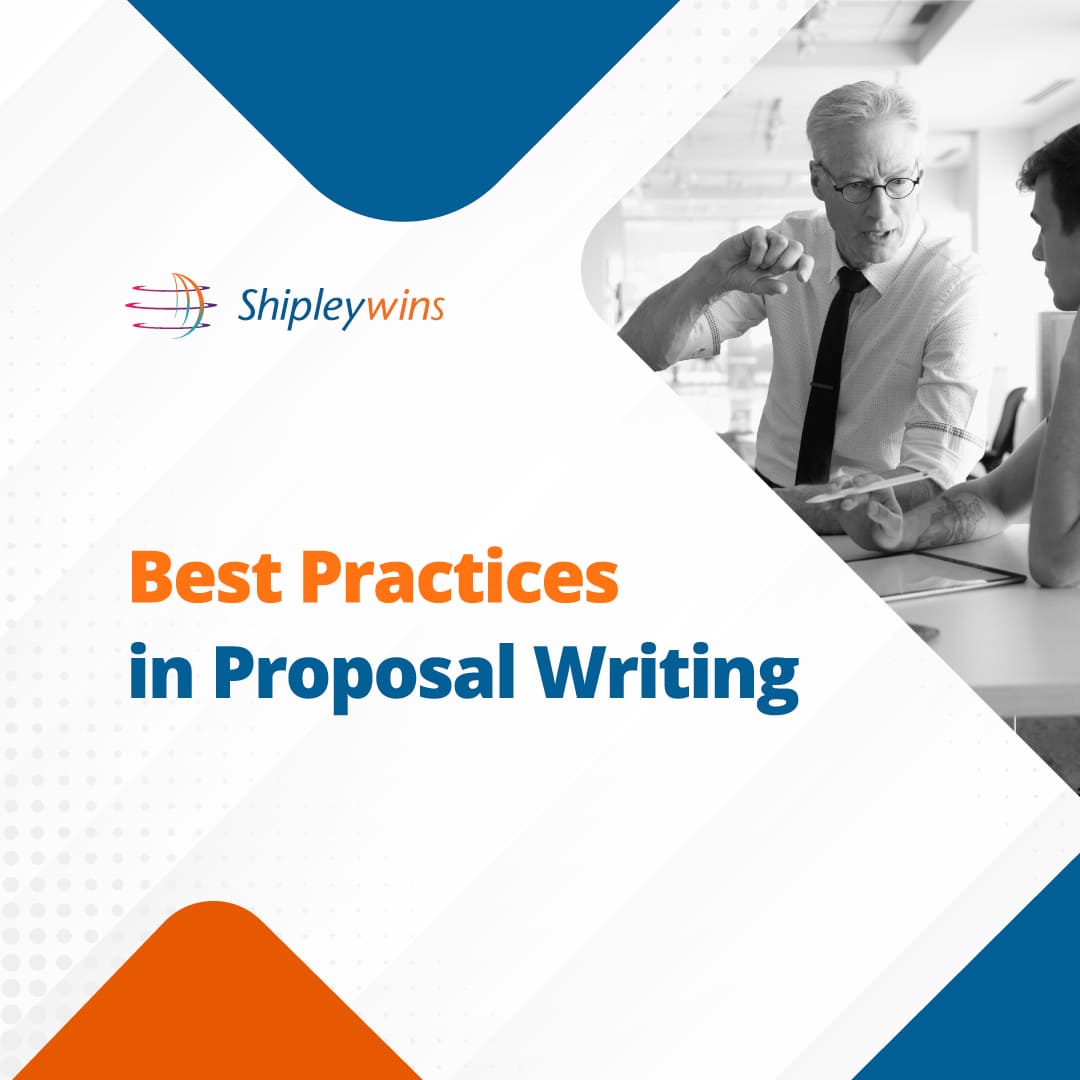Executive Summaries are often the most important sections in a proposal. They set the tone for individual evaluators and are sometimes the only pages read by the decision makers.
A draft executive summary should be developed early in the sales process. The capture/opportunity manager should prepare the first draft and present it at a preliminary bid decision gate review to demonstrate understanding and alignment of the customer’s hot button issues, vision, and the seller’s baseline solution.
Customers reading the executive summary must be able to clearly understand your solution and its unique benefits (discriminators) to justify selecting your solution over your competitors’ solutions. The executive summary must clearly articulate your value proposition. When creating a winning executive summary:
- Demonstrate that you understand the customer’s buying vision
- Emphasize value to the customer
- Maintain a customer focus throughout – Focus on customer issues and motivators
- Build on your win strategy by emphasizing your strengths
- Organize and prioritize the content around customer hot buttons
- Be careful with reuse and boilerplate – tailor each executive summary to the opportunity
- Follow sound writing guidelines – watch spelling, punctuation, grammar, and word choice
- Make executive summary development an iterative process – Keep improving it
Too often, the proposal executive summary is treated as an “after-thought” at the end of a proposal effort. By starting the executive summary early, it can be a tool to help shape a compelling message while demonstrating your value to the customer.




